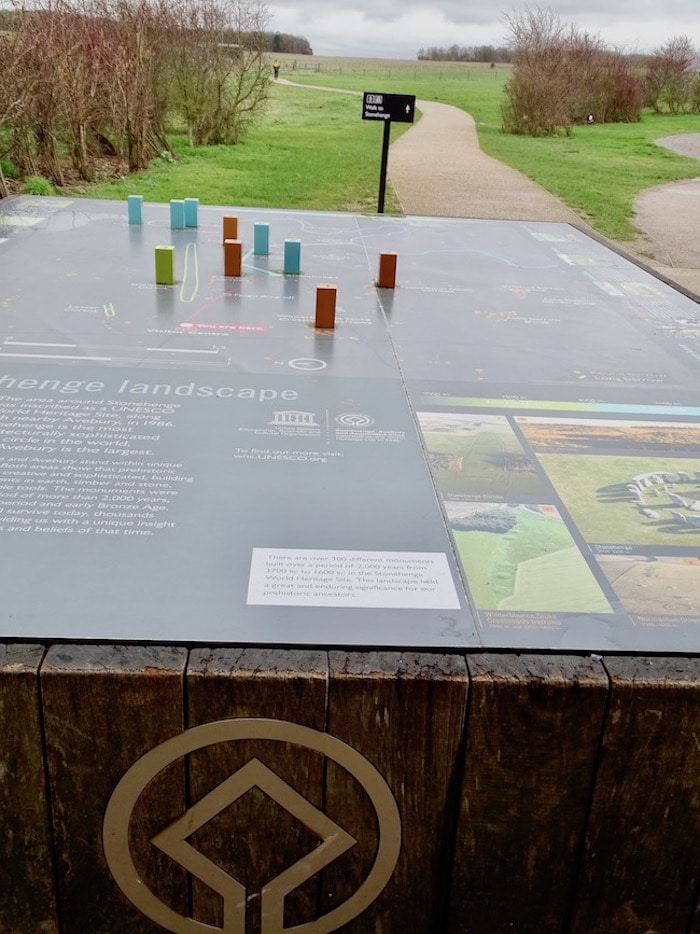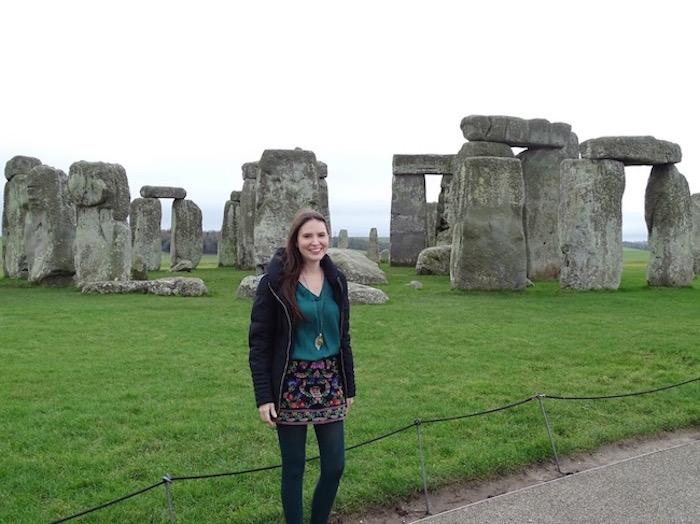Stonehenge remains one of the great enigmas of the world. We know a lot about how and when it was built and by whom, but we still don’t know why Stonehenge was built or how it was used. It is considered an engineering masterpiece, which was built in six stages between 3000 to 1520 BC. It is located in the center of a sacred landscape, where people built monuments for more than 5000 years.
The term Stonehenge probably comes from the Saxon word “Stan-hengen”, which means “stone pendant” or “gallows.” That definition dates from the eleventh century. To visit the famous circle of stones you must take a bus that takes you two kilometers (1.2 miles) from the visitor center. You can choose to get off at the half point and walk 25 minutes while exploring other prehistoric sites.
Booking.com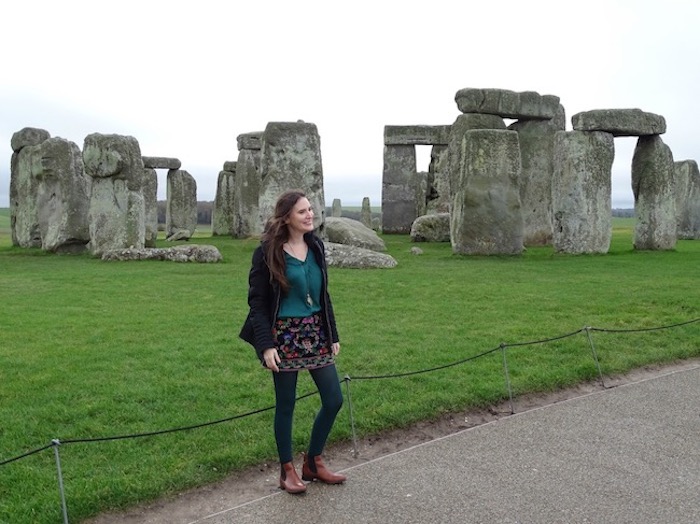
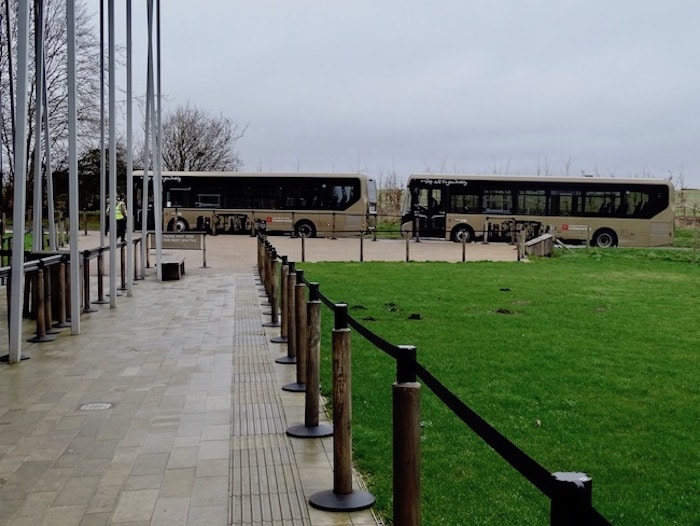
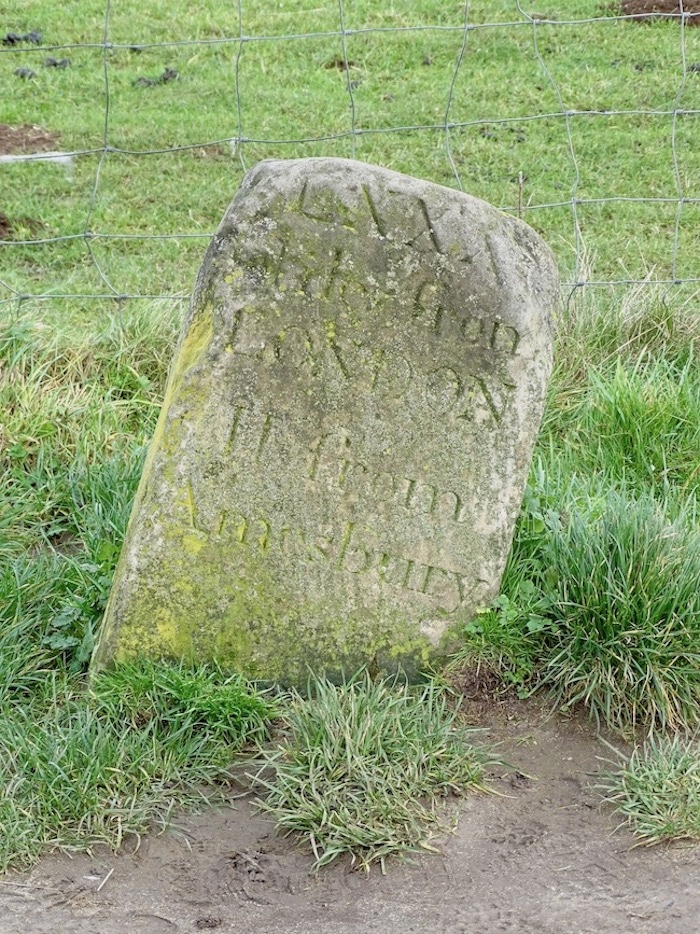
How to visit Stonehenge?
Stonehenge is one of the most popular tours from London. This archaeological site is about 144 kilometers (90 miles) from the center of the capital. It takes two and a half hours to get to Stonehenge from London. Its location known as Wiltshire, is about 3 kilometers (2 miles) west of Amesbury. A friend told me that you can see Stonehenge from the road and it is true. There is nowhere to stop but it can be clearly seen. You must drive a few more minutes, then turn right to the visitor center.
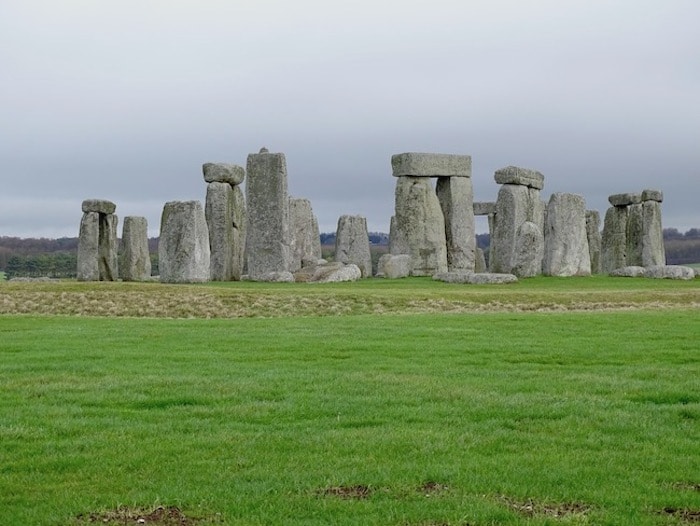
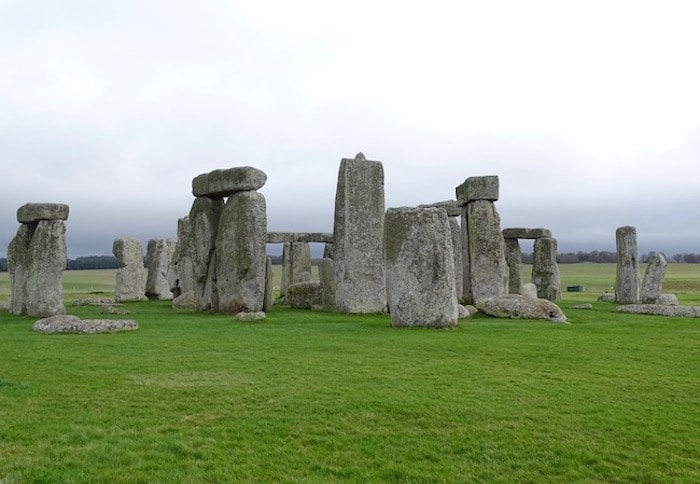
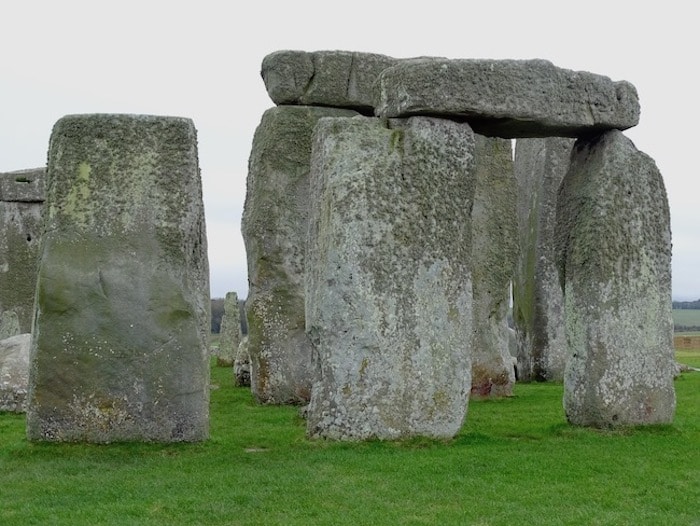
There is a parking lot for those who prefer to rent a car in London, you just have to take into account that they drive opposite of America. We went in low season, so parking was free. In high season they charge for those who have not pre-purchased tickets or are not members of the English Heritage Society. You can go by public transport stopping at Salisbury, the nearest train station. Then you must take a bus that connects you with Stonehenge.
It is advisable to buy the ticket online if you visit during the high season. Stonehenge tours are usually combined with Windsor Castle or Bath. Honestly it is not worth visiting only Stonehenge since the site is small and you will be disappointed. Later went to the Roman Baths in Bath that are an hour away by car.
Visitor Center
The Stonehenge visitor center is quite modern in design. When you arrive there is a stand that sells tickets and delivers the audio guides. They are free if you download it in English on the App Store or Google Play. If you decide to hire it on site you must pay a small additional cost. Audio guides are available in English, French, Italian, Spanish, German, Japanese, Mandarin, Russian, Dutch and Polish. You must press the numbers that are marked on the archeological site to listen to the audio. At the end of the recording there are options to press additional numbers if you want more information.
The English Heritage Society has a store with many products (which they also sell on their website). They have a large collection based on Stonehenge, including a special line that they launched in 2018 to celebrate 100 anniversary of when Stonehenge was given to the nation. I bought a magnet for my collection and a bookmark with the ruins painted in watercolor.



In the visitor center there is also a cafeteria with stalls inside and outside. It was very cold when we went in January, due to the wind, so we were happy to sit inside. We chose two English cakes (they look like huge empanadas), one of onion and cheese and the other of sausage. We also selected a tomato soup and juices (they sell alcoholic beverages but it was early and we had to drive).
Stonehenge Museum
You can visit the Stonehenge museum in the visitor center. They have more than 250 archaeological objects that include tools, pottery and jewelry. One of the curiosities you can see are the bones of a man who lived in the area 5,500 years ago. A forensic reconstruction was made based on his bones found near Stonehenge. In the museum you can also see deer antlers that were used to build the ditches.
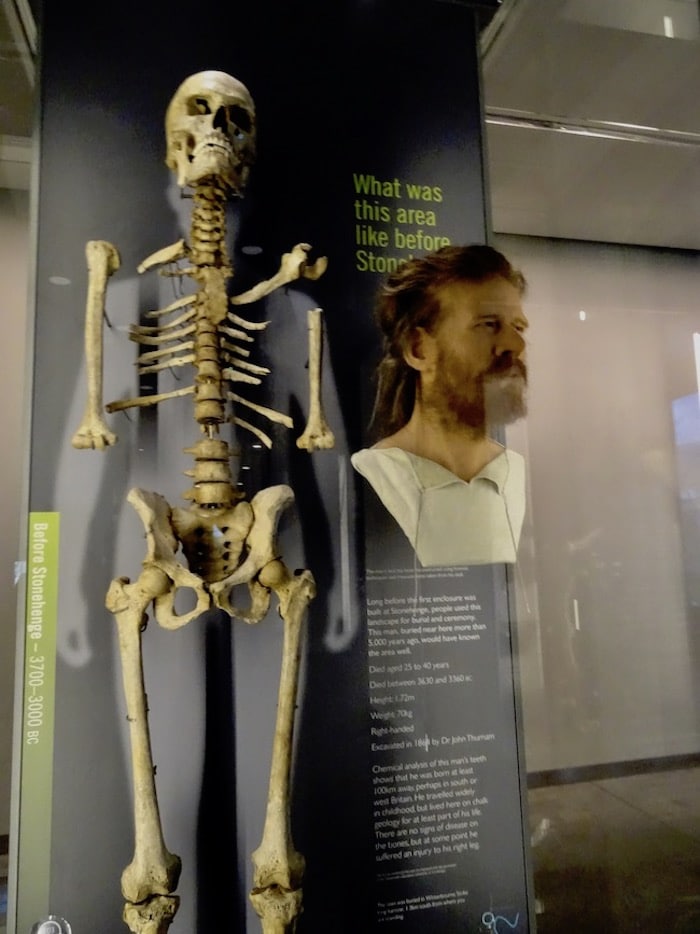
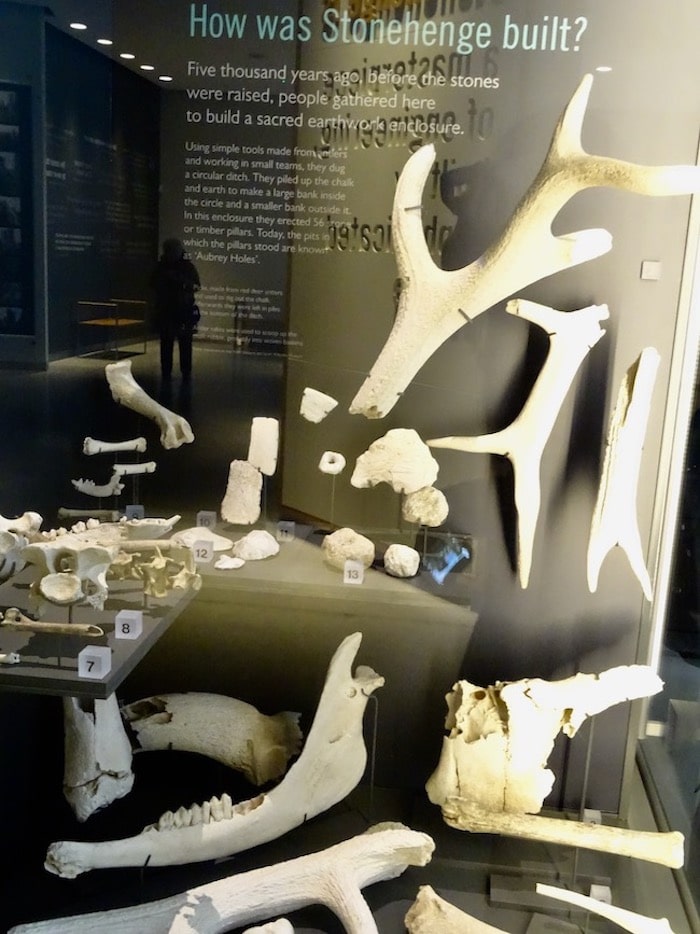
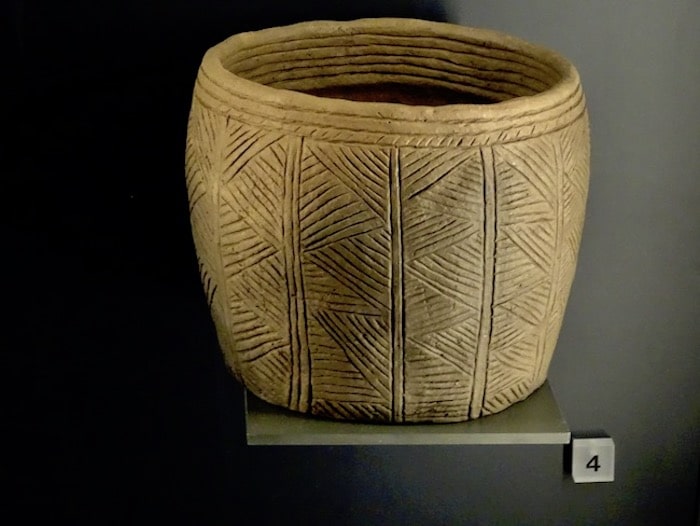
Much of the museum tells the history of the place with exhibits in English. The audio guides serve to explain the content in other languages. They compare the place with other archeological sites that were built later as the Parthenon in Athens, the Colosseum in Rome, the Moai Statues in Easter Island and Machu Picchu in Peru.
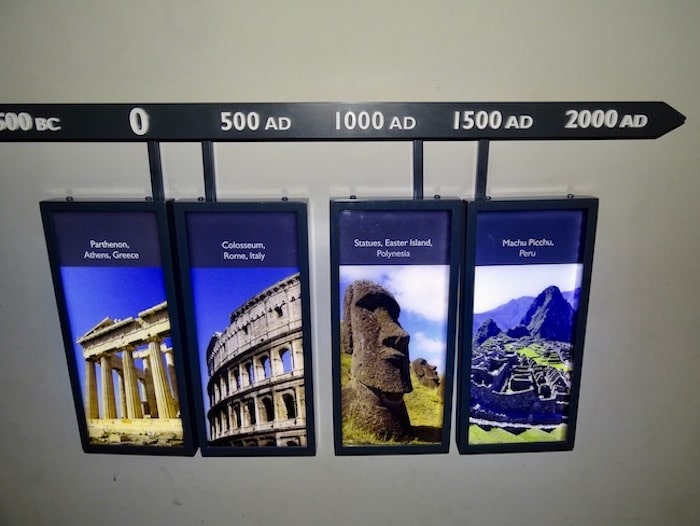
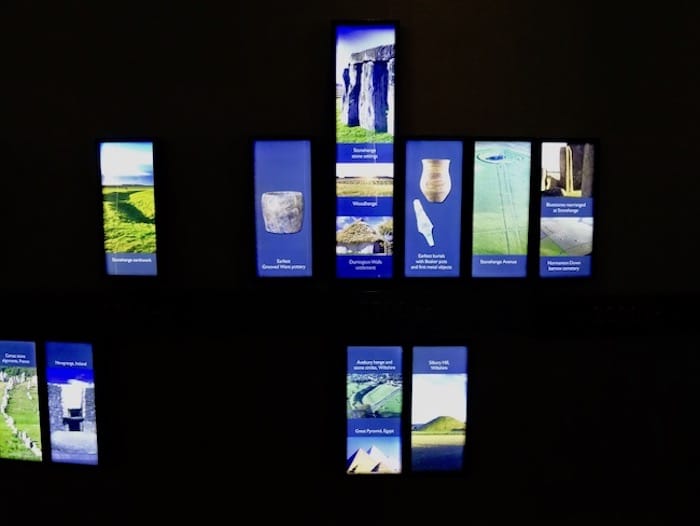
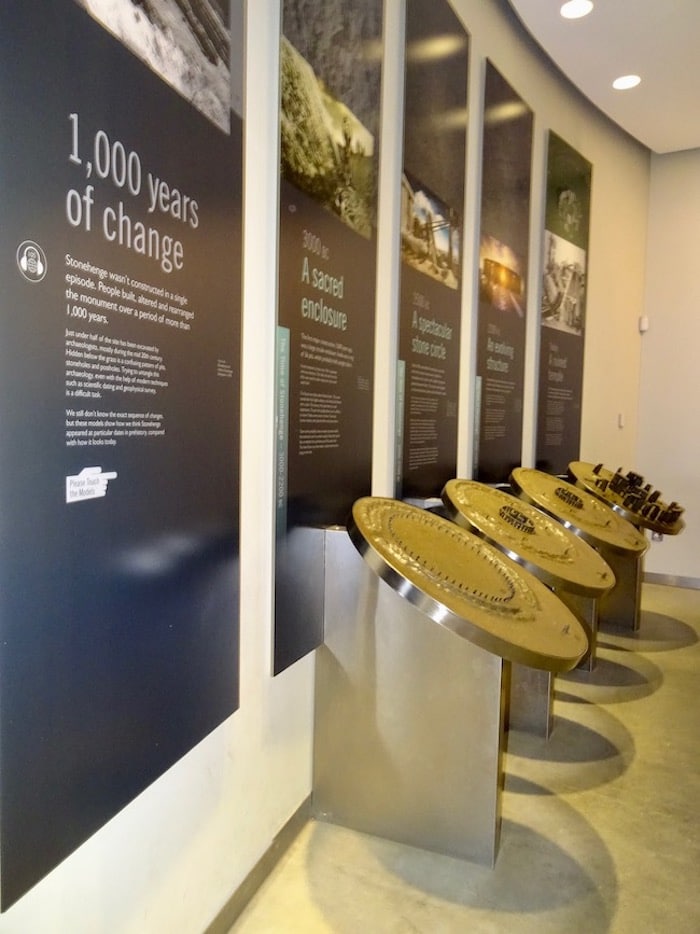
A temporary exhibition shows photos taken at Stonehenge during the last 150 years. In 2018 they asked people to send their photos of the place and received photos as old as the 1870s. They chose 144 to exhibit at the Stonehenge Museum. They have a background where you can pose with the stones (without cold!). If you want to learn more about Stonehenge you can visit the Salisbury and Wiltshire museums, which have gold pieces on display. Another site that can be visited is Old Sarum, which is a fort on an Iron Age hill where the first cathedral was. Romans, Normans and Saxons have left their mark on this place.
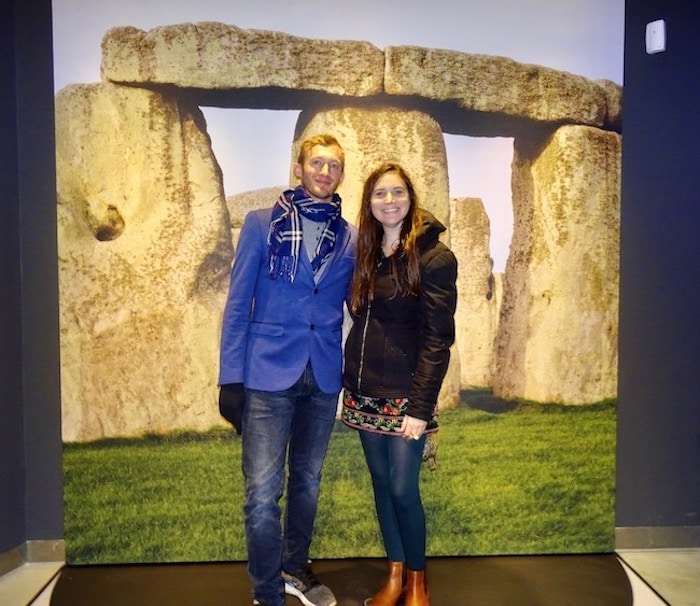
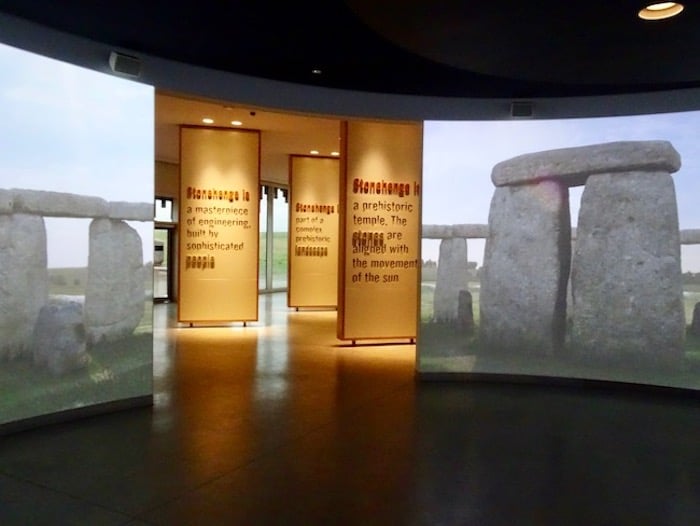
Neolithic Houses
In front of the visitor center you will find five replicas of Neolithic houses. When I went they were fixing one of the houses. These houses were discovered in excavations made in Durrington Walls, a large ceremonial site to the northeast, between 2006 and 2007. Radiocarbon dating showed that these buildings were constructed at approximately the same time as the great Sarsen stones, approximately 2500 B.C.
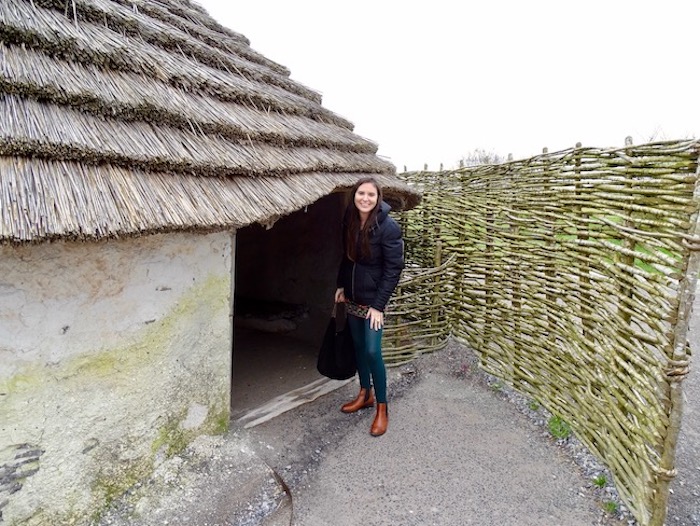
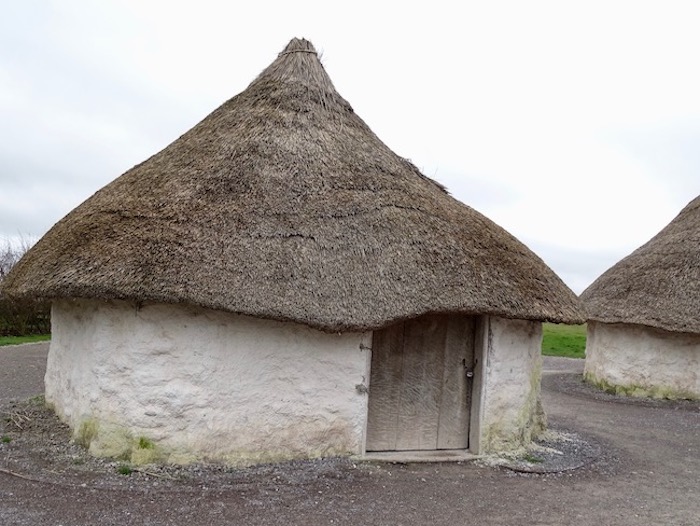
They used volunteers to build these houses in 2013. They wove hundreds of hazelnut stakes as support, covering the walls with some chalk, hay and water. The roof was made of wheat straw. In total, more than 20 tons of chalk were used, as well as 5,000 hazelnut stakes and three tons of wheat straw. You can enter the houses that surprisingly keep the temperature quite well. Inside they put replicas of artifacts of the time such as pottery and tools.
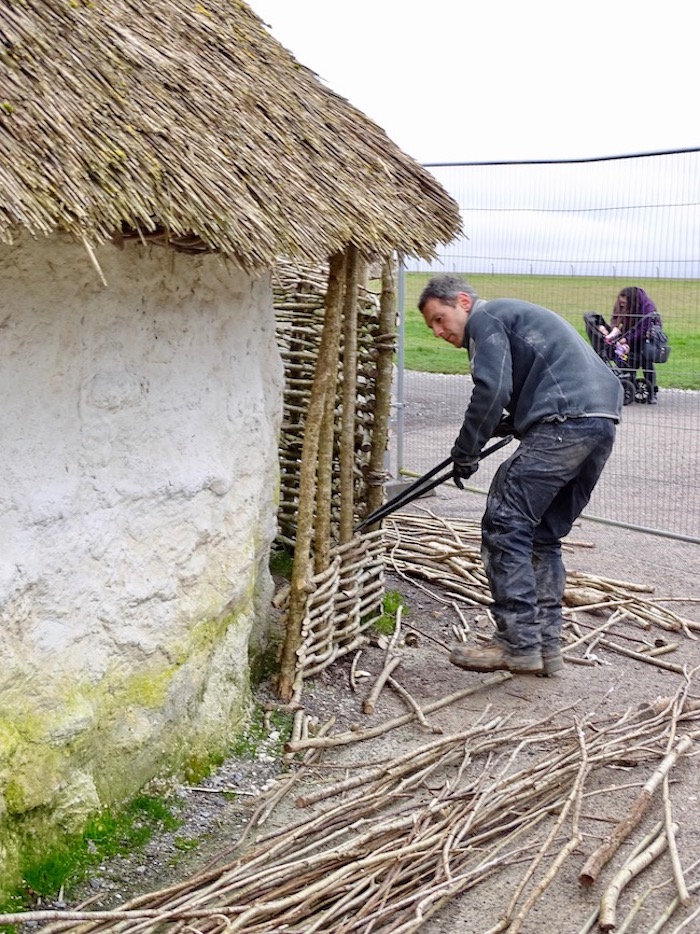
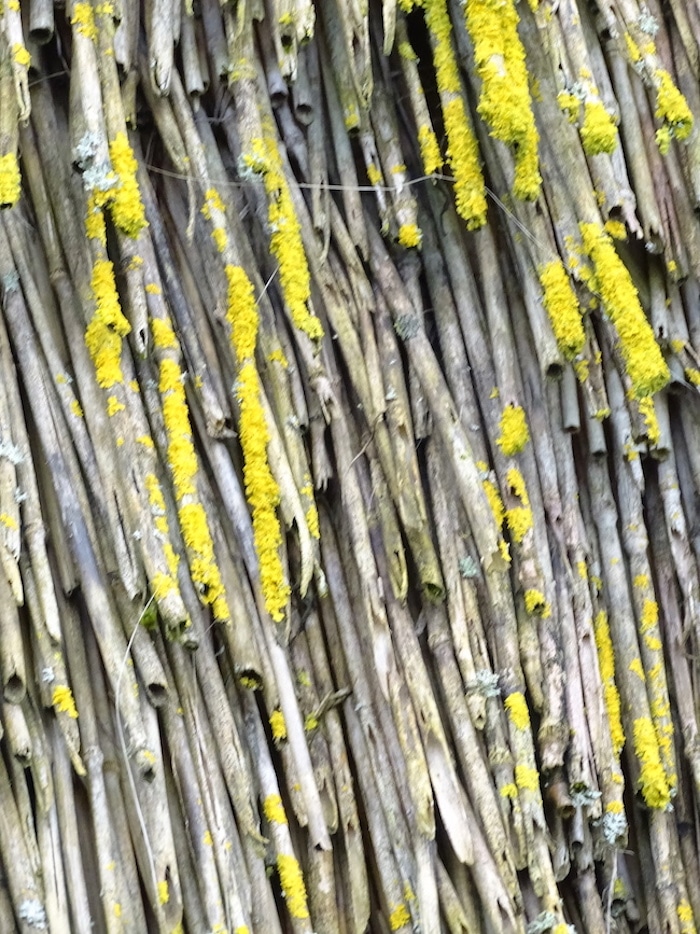
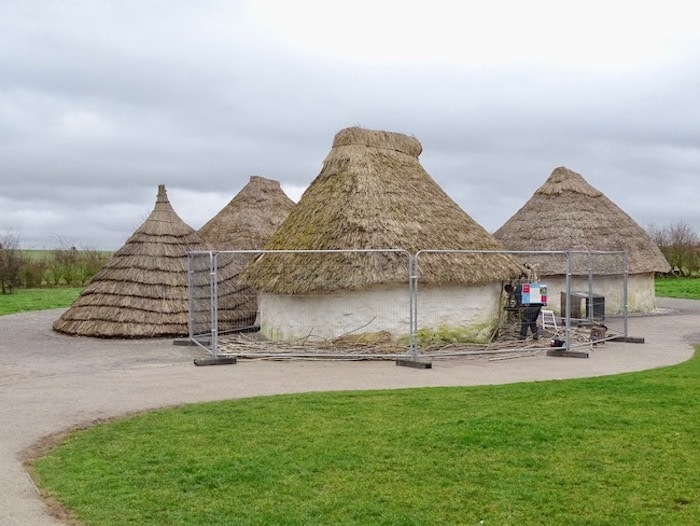
Cemetery in Stonehenge
There is human evidence from the Mesolithic era, between 8500 and 7000 BC. At that time, most of southern England was forested, however the Stonehenge area did not have much vegetation. They built four or five holes that are believed to have structures “like totems.” It is possible that features such as “Heel Stone” and the low mound known as “North Barrow” were early components of Stonehenge.
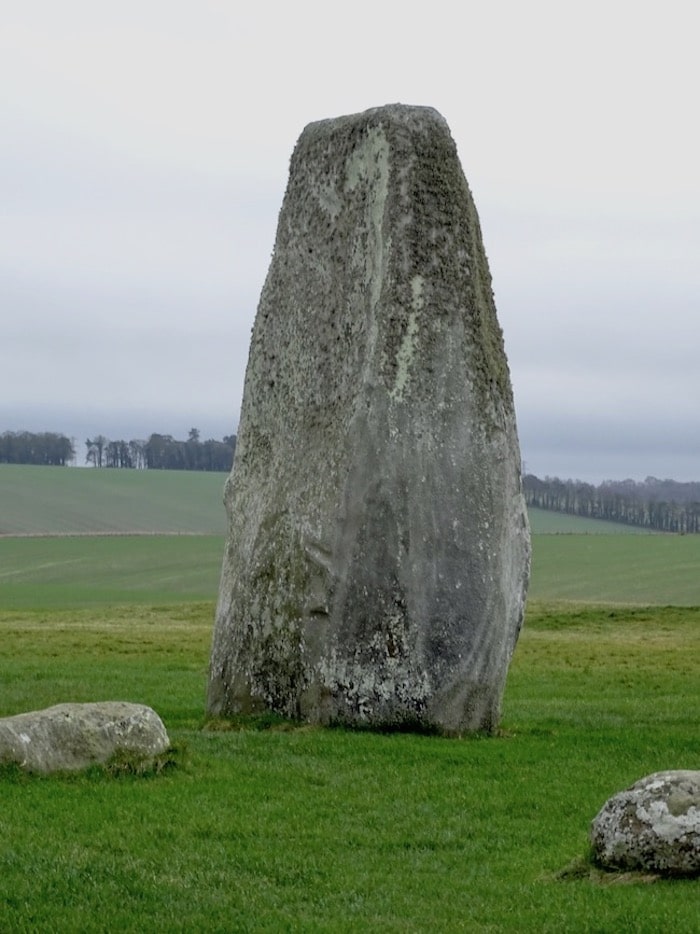
However, the first construction directly related to what we see today was around 3000 BC. when a circular ditch was made with an internal and external bank measuring about 100 meters in diameter. Originally the whole circle was covered with white chalk. Inside there were 56 holes called the “Aubreys Holes” (after John Aubrey who was the first to notice them) that it is not known if they had wooden posts or stones. In the beginning they were a cemetery. Archaeologists have discovered about 64 human cremations and it is believed that 150 people were buried on site. Most of all they were men, although there were also some important women and children. This is the largest Neolithic cemetery in the British Isles.

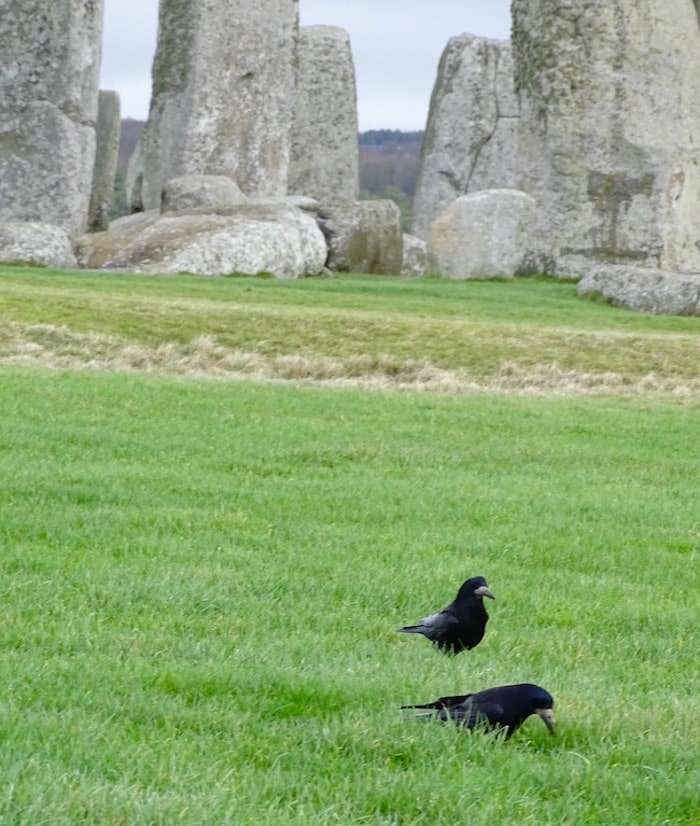
They continued to build round burials between 2300-1600 BC. after the construction of Stonehenge was completed. There are more than 300 mounds in the area, many more are on the other side of the road. In these places there was no cremation, just buried people. Archaeologists found stones, bones, bronze, gold, amber and ceramic tools. Some are displayed in the visitor center.
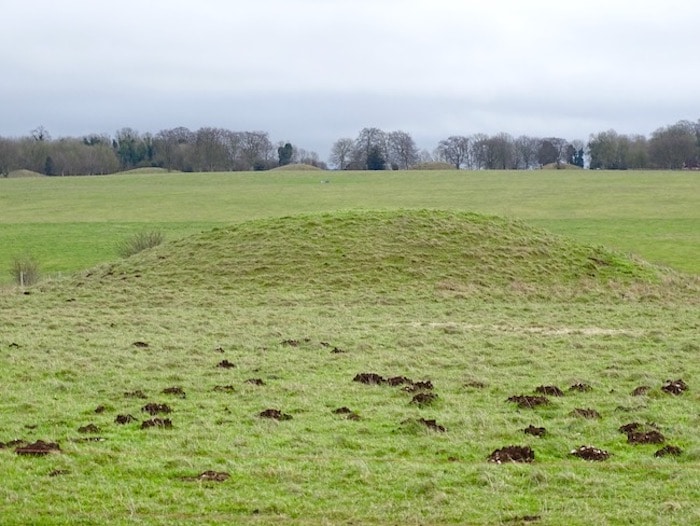
The Stones
This prehistoric stone circle is unique because its “sarsen” stones were carved artificially (blocks of Cenozoic silicon). They were placed in the form of pillars holding a lintel (horizontal stone on top of the pillars). It is the only stone circle in the world with this structure.
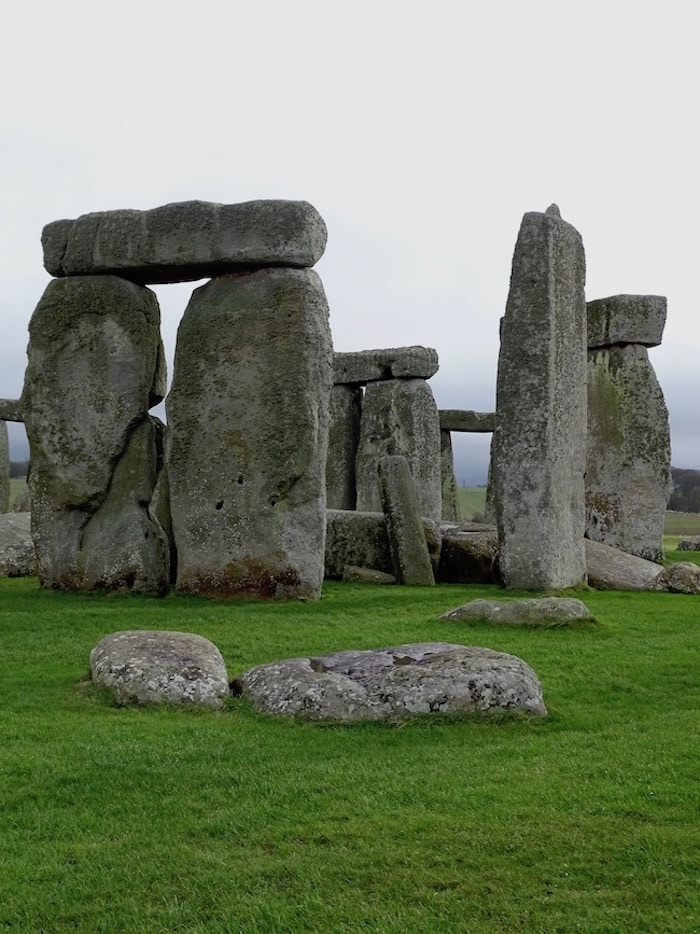
Two types of stones were placed in Stonehenge, the largest are a type of sandstone probably brought from 30 to 48 kilometers (19 to 30 miles) away. These stones can weigh more than 30 tons, the tallest being 7 meters high with another 2 and a half meters below the ground. The smallest stones within the circle weigh 3 tons and are called blue stones, which are a type of blue-gray volcanic rock. They were brought from the Preseli Hills, located in southwestern Wales. They had to use some type of wooden roller system to transport those stones between 160 to 240 kilometers (100 to 150 miles).
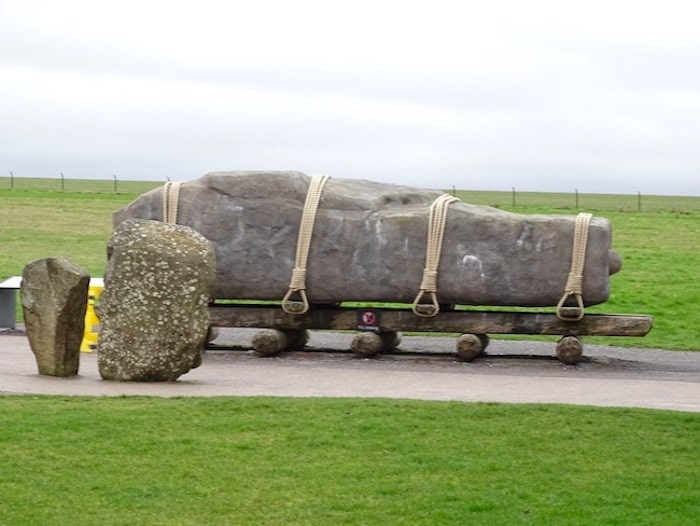
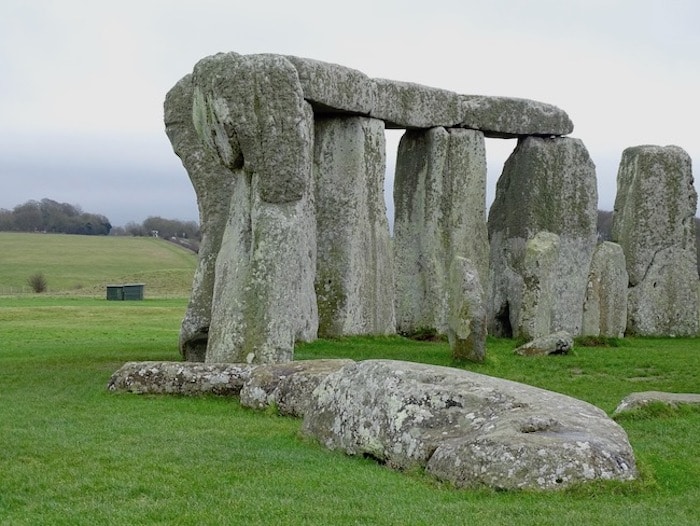
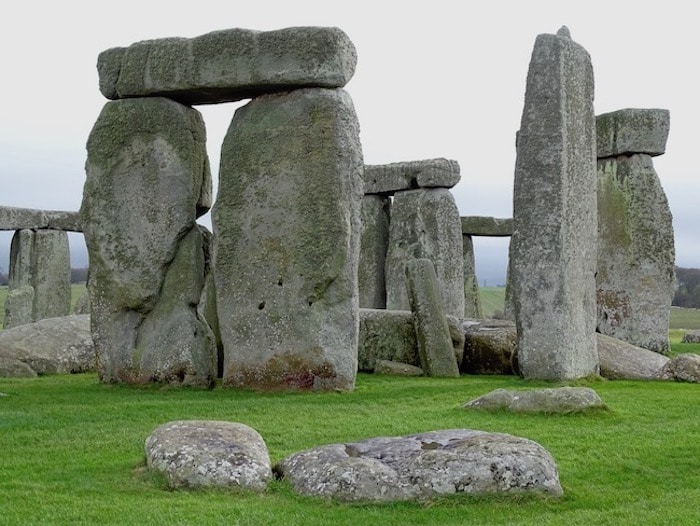
Solstices in Stonehenge
Stonehenge was built in stages between 3000-2000 BC. The people who built Stonehenge aligned the stones with the movements of the sun. If you stand inside the circle in front of the avenue on the summer solstice, you can see the sun rise on the sloping stone. In the winter solstice you can see the sunset to the left of the highest vertical at the top. That would have framed the sunset.
When you cross the bridge you will see an arrow that marks the path of the solstice. This alignment shows that its builders had a sophisticated knowledge of heaven. The seasons would have been something very important for these prehistoric people, since winter was a difficult time. They needed the return of longer days and the heat to grow crops and feed the animals. Perhaps the stone hedge was a kind of calendar or a place where the seasons were celebrated. Another theory says that Stonehenge was a place of healing.
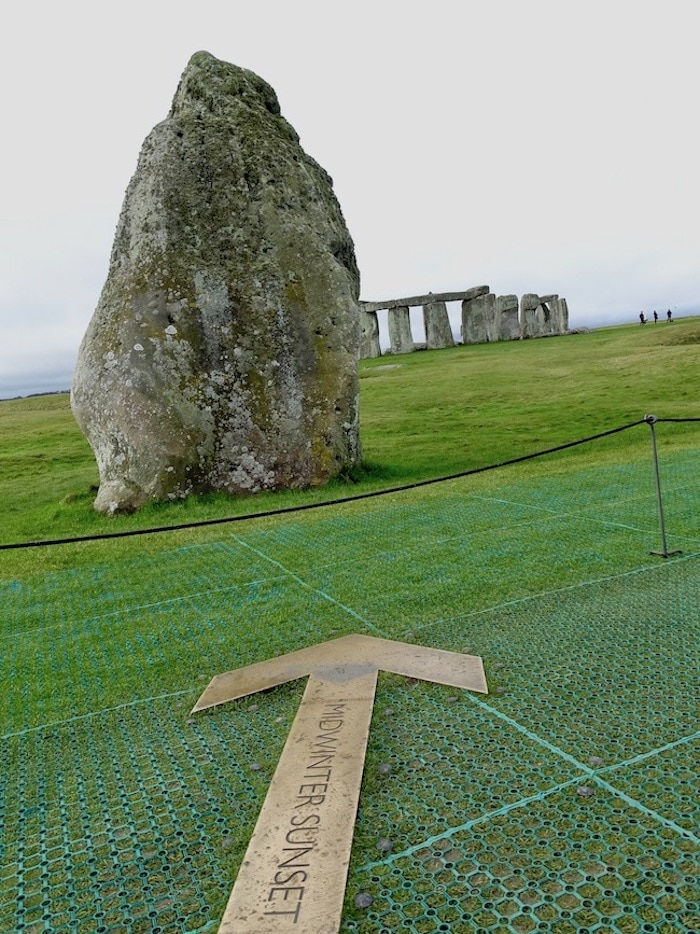
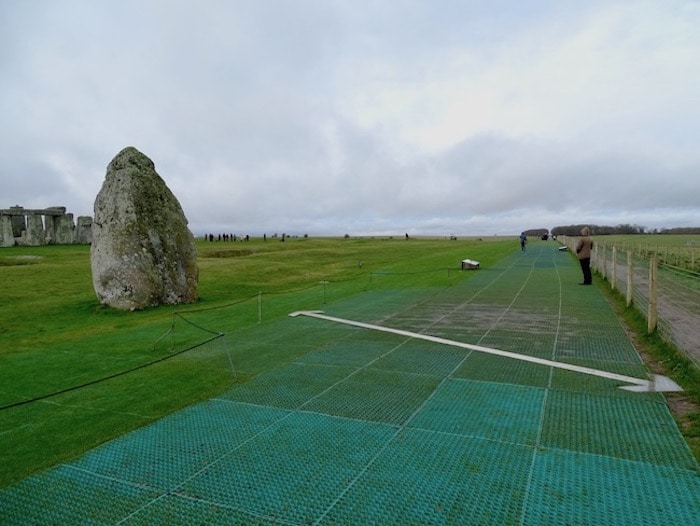
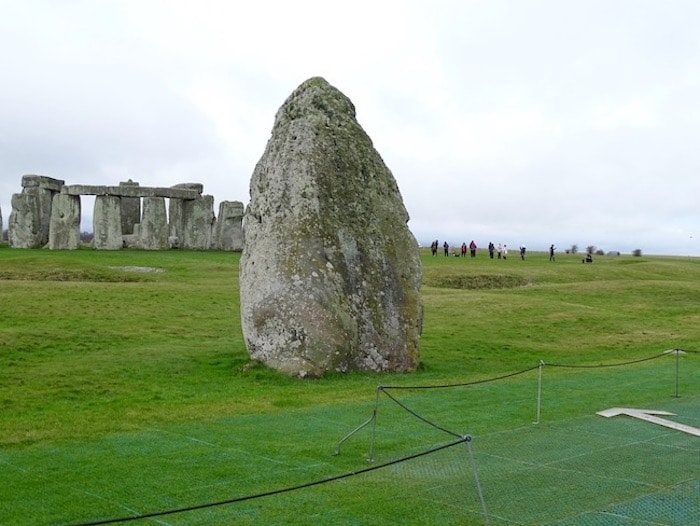
Is Stonehenge real?
The Antrobus family of Cheshire bought the farm in 1824. In the First World War, an airfield was built west of the site, as well as a road. The last heir of the family died fighting in France and the property was sold at auction in September 1915.
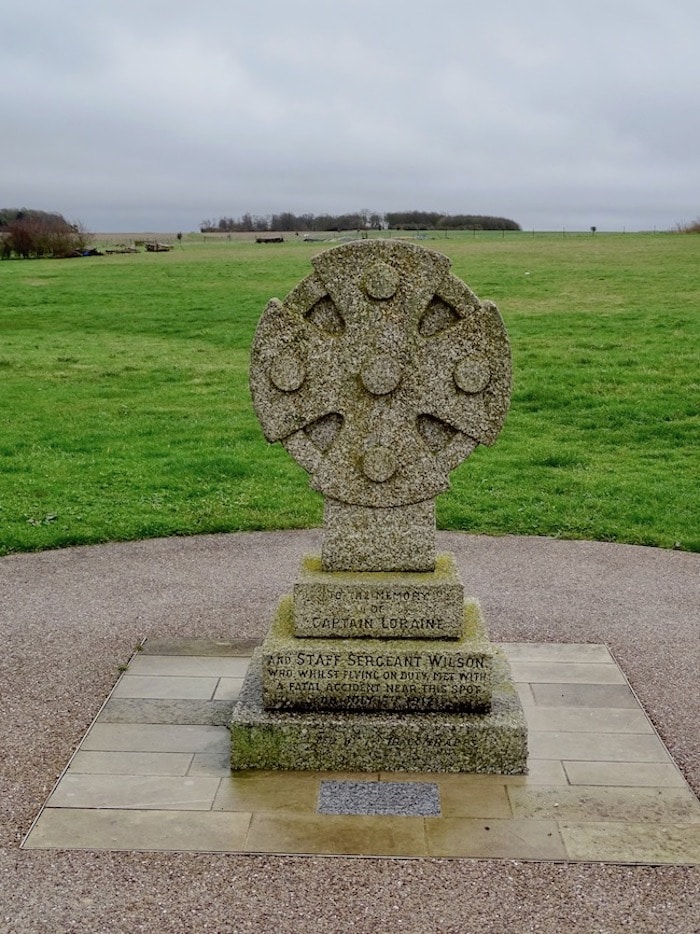
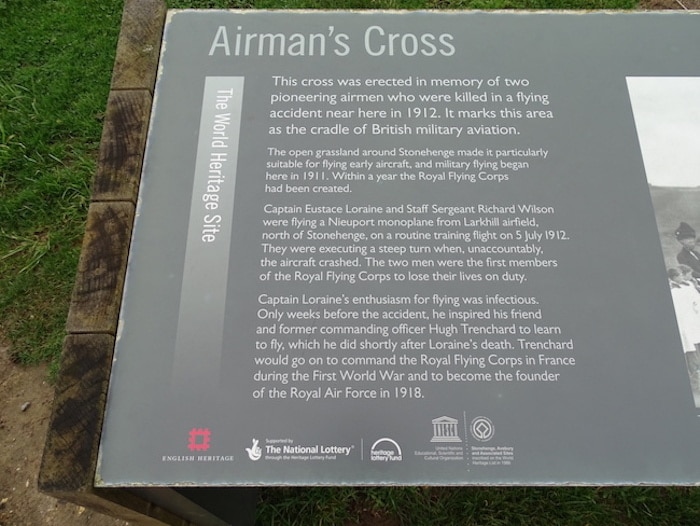
Cecil Chubb bought the property for £6,600 (£532,800 in 2020) and gave it to the state three years later. At the end of the 1920s there was a movement in England to preserve Stonehenge since the area had begun to urbanize. The movement served and land was bought around the circle. Buildings were removed, but not the roads, and the area became agricultural again.


Some of the first prints show that Stonehenge looked very different. John Speed made maps of England in the seventeenth century. The terrain had more hills and the stones were mounted differently. These modern “restorations” began in 1901 with William Gowland. Stonehenge was practically rebuilt between 1901 and 1964. One stone was straightened and laid in concrete in 1901, six more stones in 1919 and 1920, three more in 1959 and four in 1964. The excavation of the Altar stone and the reconstruction of the Trilithon in 1958 were also carried out.
Restrictions
Until 1977 you could access the stones, but now they have it very restricted. The English Heritage Society has tours at sunrise or sunset, as well as during the summer and winter solstice. But they offer few spots which must be booked in advance. Since most tourists cannot get close, they do not see that the stones are mounted on cement. One that had nothing inside was filled with cement in a very visible way. There are people who think that stones are actually bones of giant creatures.
The audio guide mentions these modifications briefly and most visitors think that what they see is real. Visit Stonehenge to reach your own conclusions about this mystical place that was added to the list of UNESCO World Heritage Sites in 1986.
